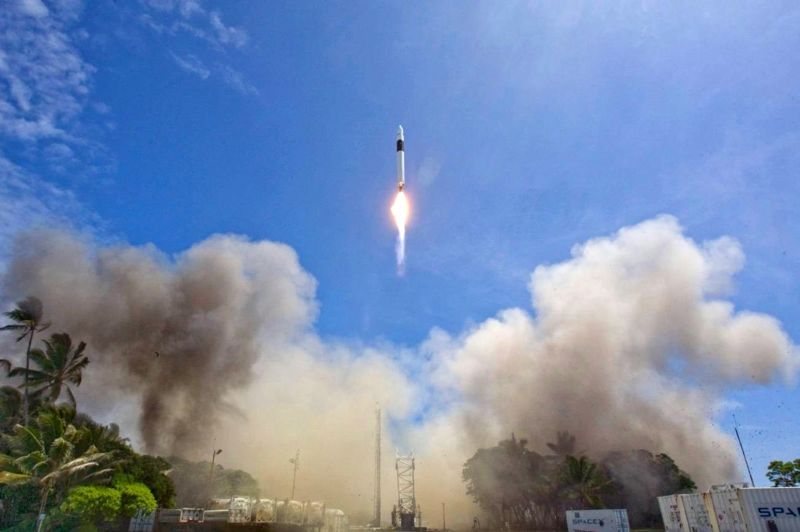Inside the eight desperate weeks that saved SpaceX from ruin
Ars Technica » Scientific Method 2018-09-21

Enlarge / The Falcon 1 rocket ascends toward space on its fourth flight. (credit: SpaceX)
They bunked in a double-wide trailer, cramming inside on cots and sleeping bags, as many as a dozen at a time. In the mornings, they feasted on steaming plates of scrambled eggs. At night, beneath some of the darkest skies on Earth, they grilled steaks and wondered if the heavens above were beyond their reach. Kids, most of them, existed alone on a tiny speck of an island in the middle of the Pacific Ocean. It was the middle of nowhere, really.
And they worked. They worked desperately—tinkering, testing, and fixing—hoping that nothing would go wrong this time. Already, their small rocket had failed three times. One more launch anomaly likely meant the end of Space Exploration Technologies.
Three times, in 2006, 2007, and 2008, SpaceX tried to launch a Falcon 1 rocket from Omelek Island in the Pacific Ocean, a coral shelf perhaps a meter above sea level and the size of three soccer fields. Less than two months after the last failure, the money was running out. SpaceX had just one final rocket to launch, with only some spare components left over in its California factory.